Phonics Subject Leader: Miss Thomas and Mrs Robins
At Cliffe Woods Primary School Phonics is taught using the structure of our systematic synthetic programme ‘Little Wandle Letters & Sounds’.

Intent
Phonics (reading and spelling)
At Cliffe Woods Primary School, we believe that all our children can become fluent readers and writers. This is why we teach reading through Little Wandle Letters and Sounds Revised, which is a systematic and synthetic phonics programme. We start teaching phonics in Reception and follow the Little Wandle Letters and Sounds Revised progression, which ensures children build on their growing knowledge of the alphabetic code, mastering phonics to read and spell as they move through school.
As a result, all our children are able to tackle any unfamiliar words as they read. At Cliffe Woods Primary School, we also model the application of the alphabetic code through phonics in shared reading and writing, both inside and outside of the phonics lesson and across the curriculum. We have a strong focus on language development for our children because we know that speaking and listening are crucial skills for reading and writing in all subjects.
Comprehension
At Cliffe Woods, we value reading as a crucial life skill. By the time children leave us, they read confidently for meaning and regularly enjoy reading for pleasure. Our readers are equipped with the tools to tackle unfamiliar vocabulary. We encourage our children to see themselves as readers for both pleasure and purpose.
Because we believe teaching every child to read is so important, we have a Phonics/Early Reading Leader who drives the early reading programme in our school. This person is highly skilled at teaching phonics and reading, and they monitor and support our team, so everyone teaches with fidelity to the Little Wandle Letters and Sounds Revised programme.
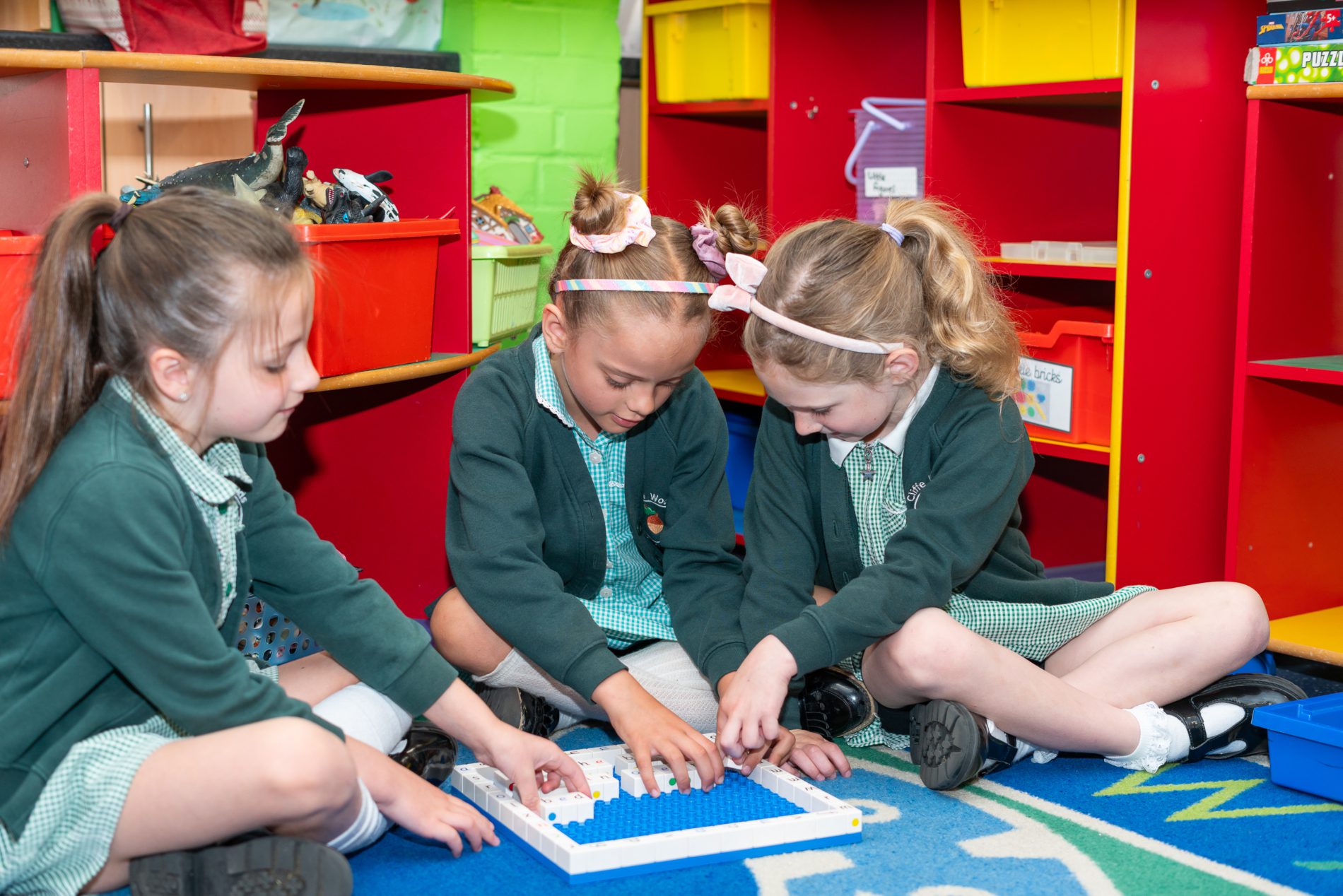
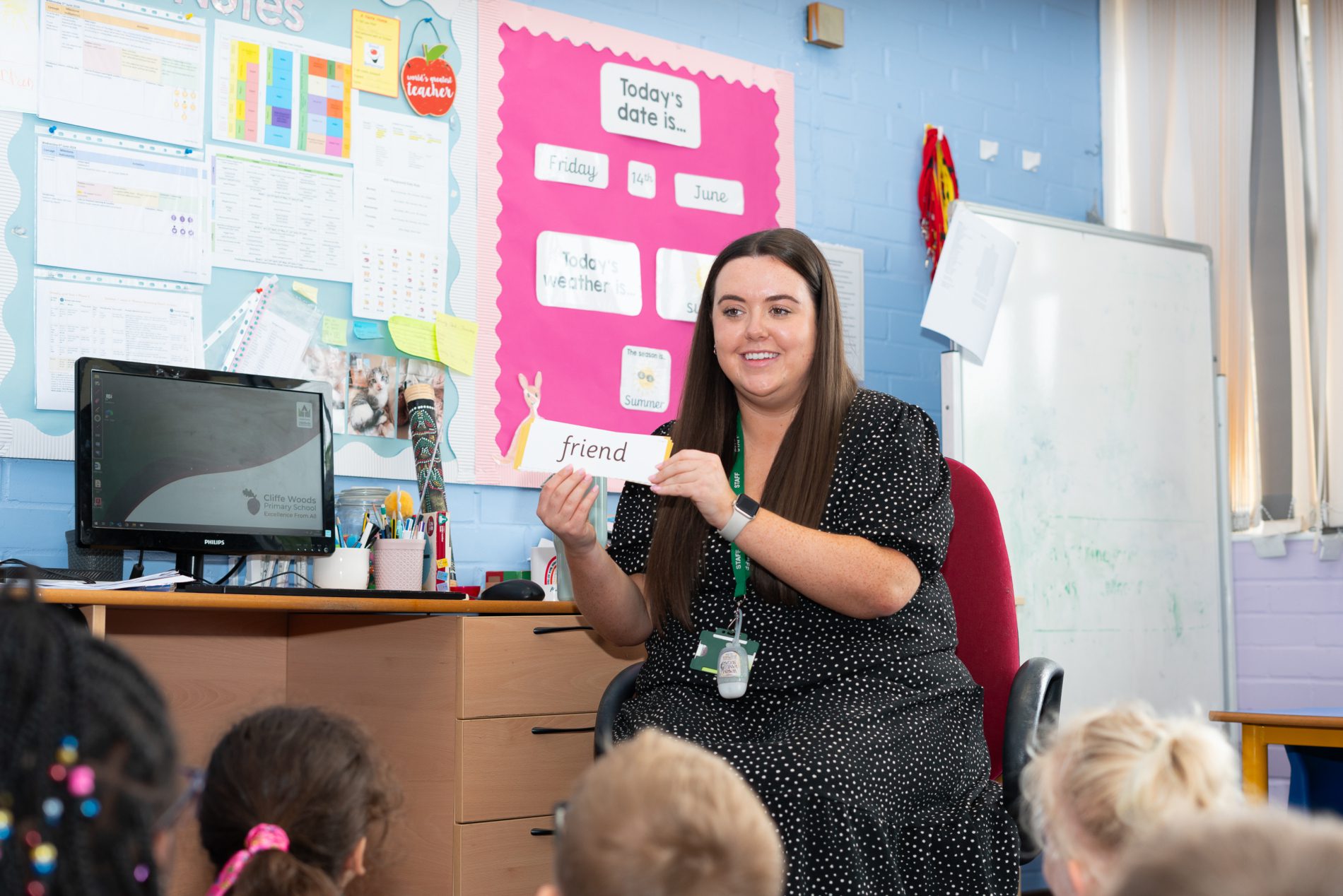
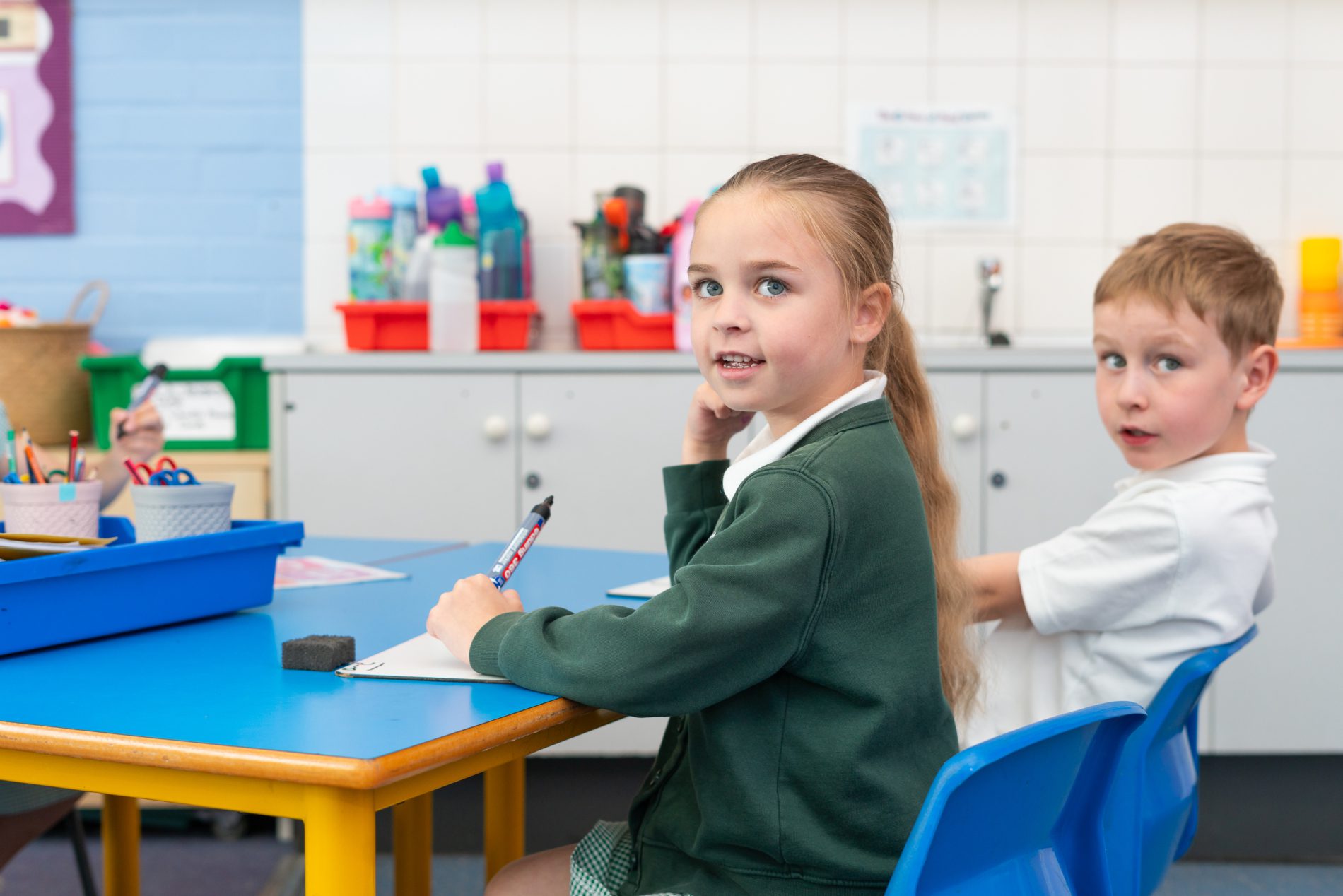
Implementation
We use the Little Wandle Letters and Sounds Revised parents’ resources to engage our families and share information about phonics, the benefits of sharing books, how children learn to blend, and other aspects of our provision, both online and through workshops.
Teaching reading: Reading practice sessions three times a week
We teach children to read through reading practice sessions twice a week. These are:
- taught by a fully trained adult to small groups of approximately six children
- use books matched to the children’s secure phonic knowledge using the Little Wandle Letters and Sounds Revised assessments and book matching grids on pages 11–20 of ‘Application of phonics to reading’.
- are monitored by the class teacher, who rotates and works with each group on a regular basis.
Each reading practice session has a clear focus so that the demands of the session do not overload the children’s working memory. The reading practice sessions have been designed to focus on three key reading skills:
-
- decoding
- prosody: teaching children to read with understanding and expression
- comprehension: teaching children to understand the text.
Ensuring consistency and pace of progress
- Every teacher in our school has been trained to teach reading, so we have the same expectations of progress. We all use the same language, routines and resources to teach children to read so that we lower children’s cognitive load.
- Weekly content grids map each element of new learning to each day, week and term for the duration of the programme.
- Lesson templates, Prompt cards and How to videos ensure teachers all have a consistent approach and structure for each lesson.
- The Phonics Leader and SLT regularly monitor and observe teaching; they use the summative data to identify children who need additional support and gaps in learning.
Impact
Assessment is used to monitor progress and to identify any child needing additional support as soon as they need it.
- Assessment for learning is used:
- daily within the class to identify children needing Keep-up support
- weekly in the Review lesson to assess gaps, address these immediately and secure fluency in GPCs, words and spellings.
- Summative assessment is used:
- every six weeks to assess progress, identify gaps in learning that need to be addressed, identify any children needing additional support and plan the Keep-up support that they need.
- by SLT and scrutinised through the Little Wandle Letters and Sounds Revised assessment tracker, to narrow attainment gaps between different groups of children and so that any additional support for teachers can be put into place.
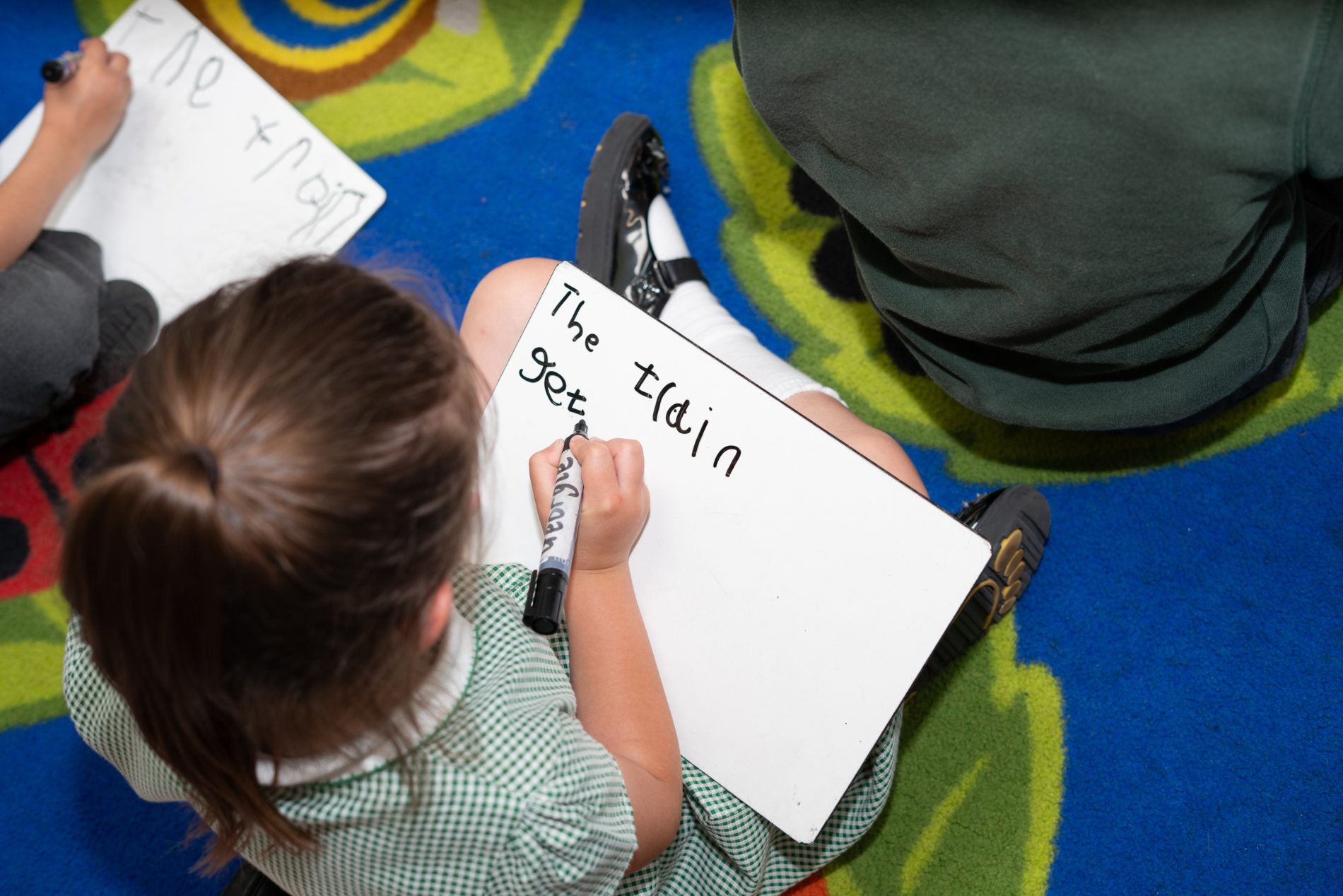
Phonics in Each Stage
Phases 2, 3 and 4 are taught in Reception.
Children in Reception and Year 1 will participate in Reading Practice Sessions with a teacher. The books the children will be reading in these sessions are the Big Cat Little Wandle Books. These books will be carefully matched to the child’s current reading level. The children will read the same book three times, focusing on different reading skills in each session.
We teach phonics for between 20 and 30 minutes a day. In Reception, we build from 10-minute lessons, with additional daily oral blending games, to the full-length lesson as quickly as possible. Each Friday, we review the week’s teaching to help children become fluent readers.
- Children make a strong start in Reception: teaching begins in Week 2 of the Autumn term.
- We follow the Little Wandle Letters and Sounds Revised expectations of progress:
- Children in Reception are taught to read and spell words using Phase 2 and 3 GPCs, and words with adjacent consonants (Phase 4) with fluency and accuracy.

In year one, we will review phases 3 and 4. We will start to introduce phase 5.
Children in Year 1 will participate in Reading Practice Sessions with a teacher. The books the children will be reading in these sessions are the Big Cat Little Wandle Books. These books will be carefully matched to the child’s current reading level. The children will read the same book three times, focusing on different reading skills in each session.
We timetable daily phonics lessons for any child in Year 2 or 3 who is not fully fluent at reading or has not passed the Phonics Screening Check. These children urgently need to catch up, so the gap between themselves and their peers does not widen. We use the Little Wandle Letters and Sounds Revised assessments to identify the gaps in their phonic knowledge and teach to these using the Keep-up resources – at pace.
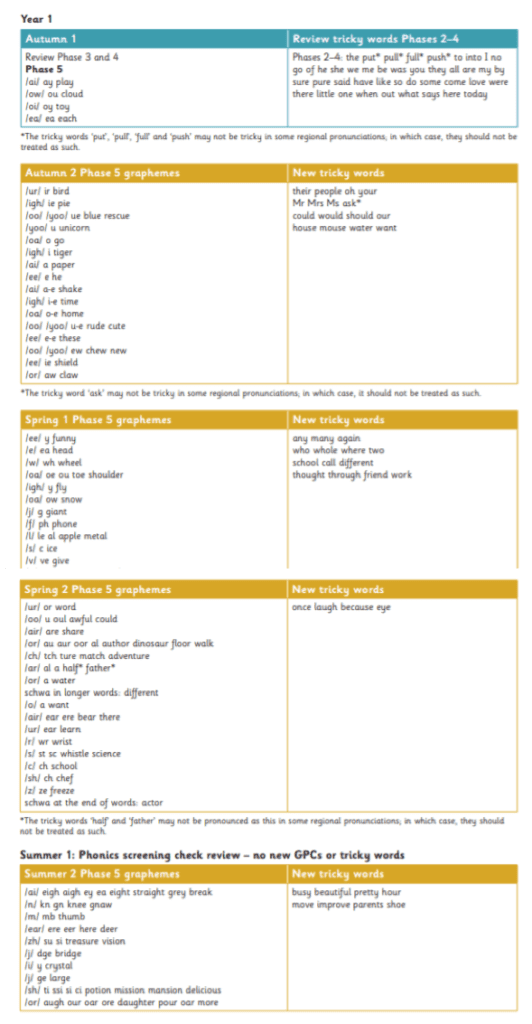
Home Reading
A decodable reading book is taken home to ensure success is shared with the family.In addition, a Reading for pleasure books also go home for parents to share and read to children.
SEND Information
Our SEND and disadvantaged pupils are given the necessary support in class to fully access the supported Phonics curriculum. Learning is adapted where necessary to support SEND/EAL pupils to give equal opportunities for all to be confident in approaching any problems faced. Interventions, support and challenges are constantly revised and adapted to ensure all children are supported in achieving learning. The above areas are robustly and continuously monitored to ensure any gaps in learning are addressed.
Additional reading support for vulnerable children
Children in Reception and Year 1 who are receiving additional phonics keep-up sessions read their reading practice book to an adult more frequently.
Phonics Assessments
Phonics Screening Check
Children in Year 1 throughout the country will all be taking part in a Statutory Phonics Screening Check in June. Children in Year 2 will also take the check if they did not achieve the required result when in Year 1 or if they have not taken the test before. The phonics screening check is designed to confirm whether individual children have learnt phonic decoding and blending skills to an appropriate standard.
What Happens During the Screening?
The test contains 40 words. Each child will sit one-to-one and read each word aloud to their teacher. The test will take approximately 10 minutes per child, although all children are different and will complete the check at their own pace. The list of words the children read is a combination of 20 real words and 20 pseudo words (nonsense words). The pseudo words will be shown to your child with a picture of an alien. This provides the children with a context for the pseudo word which is independent of any existing vocabulary they may have. Pseudo words are included because they will be new to all pupils; they do not favour children with a good vocabulary knowledge or visual memory of words. We prepare children by introducing them to ‘alien’ words throughout their daily lessons using sounds that they have learnt. The pass mark last year was 32/40.
KS2 – Phonics
Children in Year 2 to 6 are assessed through their teacher’s ongoing formative assessment as well as through the half-termly Little Wandle Letters and Sounds Revised summative assessments.
Home Learning
Phonic books will be sent home. Teachers will put the GPC’S the children have learnt in their Phonic sessions, in their Phonic Books, for the children to take home. Regular practice of these GPC’s will support your child in their reading and writing.

